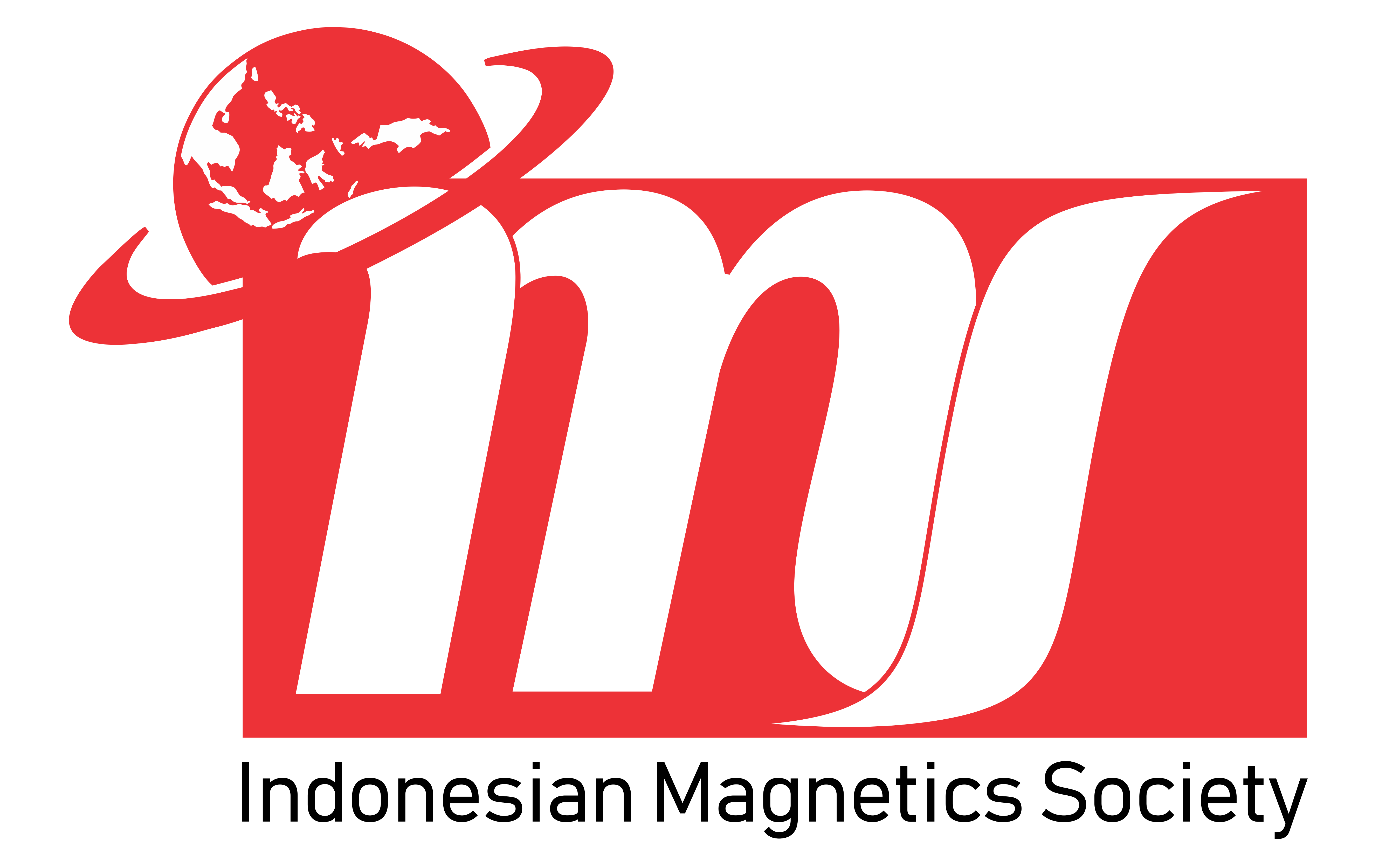Development of Misconception Diagnostic Test in Momentum and Impulse Using Isomorphic Problem
Abstract
Keywords
Full Text:
PDFReferences
Abdurrahman, M. 2012. Anak Berkesulitan Belajar. Jakarta: Rineka Cipta.
Al-Rubayea. 1996. An Analysis of Saudi Arabian High School Students' Misconceptions about Physics Concepts. Disertasi tidak diterbitkan. Manhattan: Department of Curiculum and Instruction College of Education of Kansas State University.
Bonnett, George. 2006. Momentum: Myths and Misconceptions. International Journal of Science Education, (Online), (https://store.iptm.org/products/momentum-myths-and-misconceptions) access at 15 Februari 2017.
Bostan, Ayberk. 2013. Comparison of High School Students Ideas about
Momentum and Impulse Conceptions Before and After Instruction. Social and Behavioral Sciences, (Online), 116(2014): 3771–3775 (http://www.sciencedirect.com/science/article/pii/S1877042814008568) access at 6 Februari 2017.
Brooks, Val. 2002. Assessment In Secondary School: The New Teacher’s Guide To Monitoring, Assessment, Recording, Reporting, and Accountability. Philadelphia: Open University Press.
HM, Jogiyanto. 2013. Pedoman Survei Kuisioner: pengembangan kuisioner, Mengatasi bias, dan Meningkatkan Respon. Yogyakarta: BPFE-Yogyakarta.
Irons, Alastair. 2008. Enhancing Learning Through Formative Assessment and Feedback. New York: Routledge.
Karim, Saeful.2015. Diagnosis Kesulitan Belajar Mahasiswa Dalam Memahami Konsep Momentum. Jurnal Penelitian & Pengembangan Pendidikan Fisika. Volume 1, Nomor 1, 2015. (Online), (http://jpppf.fisika-unj.ac.id), access at 20 Februari 2017.
Kurnia, Diyan. 2016. Kesalahan Siswa SMA dalam Memecahkan Masalah Momentum-Impuls. Pros Semnas Pendidikan IPA Pascasarjana UM. Vol.1(2016): 174-183.
Lin, Shih & Chandralekha Singh. 2011. Using Isomorphic Problems To Learn Introductory Physics. Physical Review Special Topics - Physics Education Research, (Online), 7 (2): 1-16 (http://journals.aps.org/prper/abstract/10.1103/PhysRevSTPER.7.020104), access at 10 November 2016.
Lin, Shih & Chandralekha Singh. 2013. Using An Isomorphic Problem Pair To Learn Introductory Physics: Transferring From A Two-Step Problem To A Three-Step Problem. Physical Review Special Topics - Physics Education Research, (Online), 9 (2): 1-21 (http://journals.aps.org/prper/abstract/10.1103/PhysRevSTPER.9.020114), access at 10 November 2016.
Lusiana, Naning. 2016. Analisis Miskonsepsi Siswa Pokok Bahasan Momentum Dan Impuls Di Kelas Xii Ipa.4 Sma Negeri 4 Lubuklinggau Tahun
Pelajaran 2015/2016. Jurnal Penelitian Pendidikan Fisika, (Online). (http://mahasiswa.mipastkipllg.com/repository/JURNAL+%20naning%20lusiana.pdf) , access at 15 Februari 2017.
N. Remziye. 2013. Momentum Concept in the Process of Knowledge Construction. International Journal of Science Education, (Online), 13(3): 1897-1901, (www.edam.com.tr/estp), access at 15 Februari 2017.
Peraturan Menteri Pendidikan dan Kebudayaan Republik Indonesia Nomor 104 Tahun 2014 tentang Penilaian Hasil Belajar Oleh Pendidik pada Pendidikan Dasar dan Pendidikan Menengah. Menteri Pendidikan dan Kebudayaan Republik Indonesia.
Pusat Penilaian Pendidikan tentang Laporan Hasil ujian Nasional Tahun 2014. Kementerian Pendidikan dan Kebudayaan: Badan Penelitian dan Pengembangan.
Singh, Chandralekha. 2008. Assessing Student Expertise In Introductory Physics With Isomorphic Problems II Effect Of Some Potential Factors On Problem Solving And Transfer.
Surapranata, Sumarna. 2005. Analisis, Validitas, Reliabilitas, dan Interpretasi Data Hasil Tes. Bandung: Remaja Rosdakarya.
Uno, Hamzah B.. 2012. Assessment Pembelajaran. Jakarta: Bumi Aksara.
Refbacks
- There are currently no refbacks.







